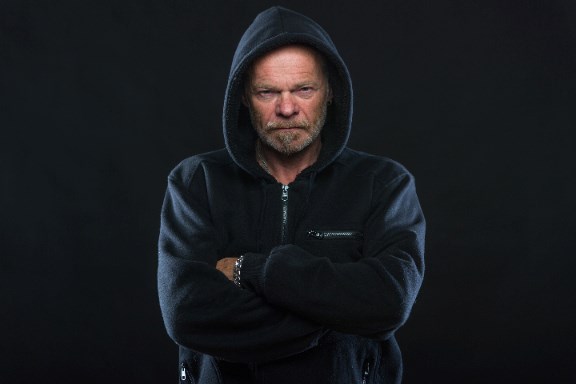Few findings cause women as much fear as discovering a breast lump and then wonder if it’s cancer. But what about men who notice a mass and pain in the breast? Male breast lumps are not commonly discussed in the locker room. But confusion and embarrassment can delay diagnosis of a malignancy.
Breast cancer is not entirely a woman’s disease. Although it occurs in males in less than one percent of cases, diagnosis tends to be late. In 2022, of the 2,710 American men expected to be diagnosed with breast cancer, about 530 will die.
But male breast lumps are not always dangerous. There’s a condition called “gynecomastia” derived from the Greek root for female and “mastos” for breast. In fact, studies of King Tut’s mummy reveal that Egypt’s Boy King had enlarged breasts. About one third of males will eventually develop this condition.
What causes gynecomastia? Hormonal changes decreasing testosterone in relation to estrogen are at the root of the issue. Puberty can enlarge boy breasts, lasting one to two years. It’s also common in males between 50 and 70 years of age.
For these older men, a diagnosis of why hormones become imbalanced is not easy. Gynecomastia can be the result of a long list of medications, such as steroids, antibiotics, and anti-depressants. Drugs for treating heart and stomach conditions, including ulcers, can trigger the problem. Too much or too little thyroid medication may be the cause. Recreational drugs can have a role as well.
The long list of possible causes doesn’t end here. For instance, obesity also increases estrogen levels and increases fatty material in the breast. Even an enlarged prostate gland and bacterial and fungal infections are listed causes of this condition. And last, but not least, is aging.
Males who develop enlarged breasts face one difficult dilemma. That is, increased breast tissue is associated with the other sex. Psychological distress is an unfortunate consequence for men who then try to hide the condition. But like it or not, they should not ignore breast lumps and must consult a doctor.
Faced with so many possible causes, what is a doctor going to do? The first step is to rule out the possibility of cancer. This done by two non-invasive procedures, a mammogram and an ultrasound examination of both breasts. Both breasts are done because a malignancy could have spread to the other breast.
Regarding the psychology of gynecomastia, one male patient had this to say, “I found myself the only male sitting in a room occupied by women all waiting to have mammograms. It was an unusual experience. But I felt a connection with everyone in the room, all hoping to get the news there was no cancer found.”
In some cases, gynecomastia becomes so pronounced that steps are taken to remove breast tissue. This can be done by either surgery or liposuction.
But in most cases of swollen and tender breast tissue in men, confirmation that cancer is not detected is reassurance enough. From there, the best treatment is patience while time and nature heal the problem.
The most important message for men and women alike? Screening for breast lumps saves lives. Don’t neglect to do it.
For comments, [email protected].



